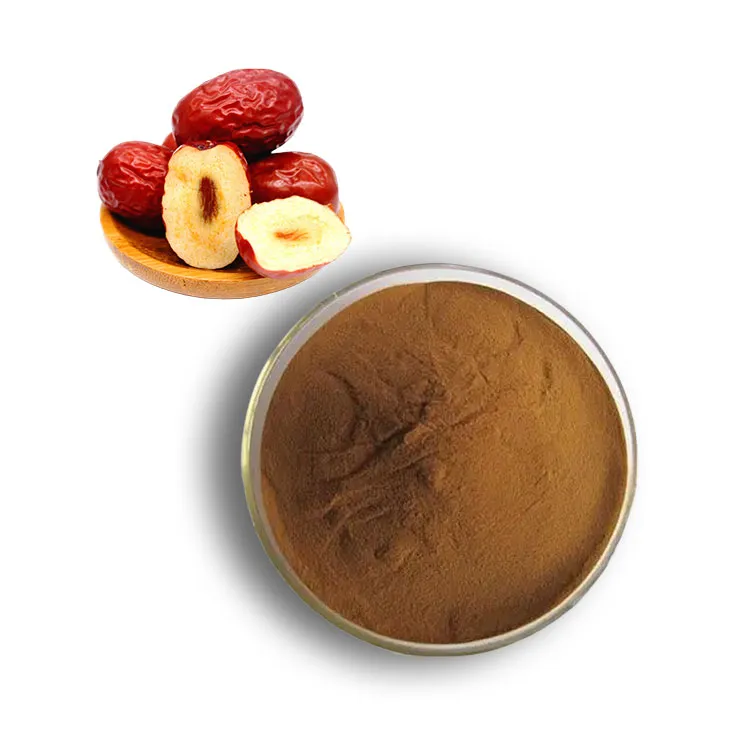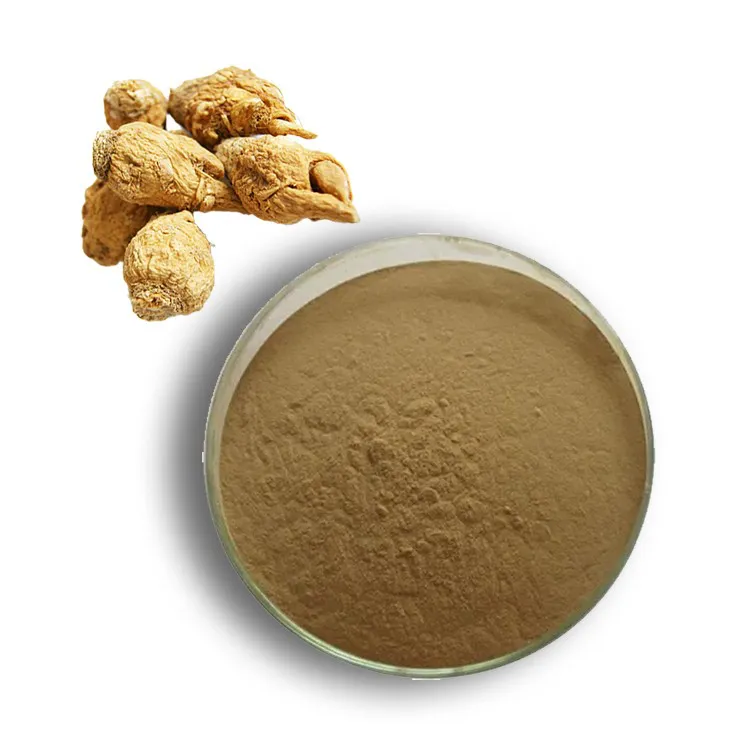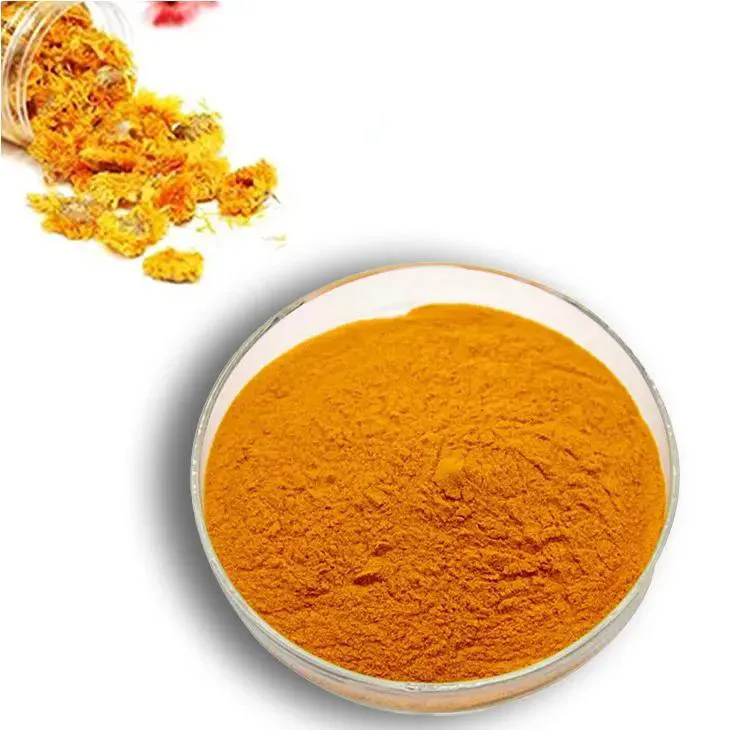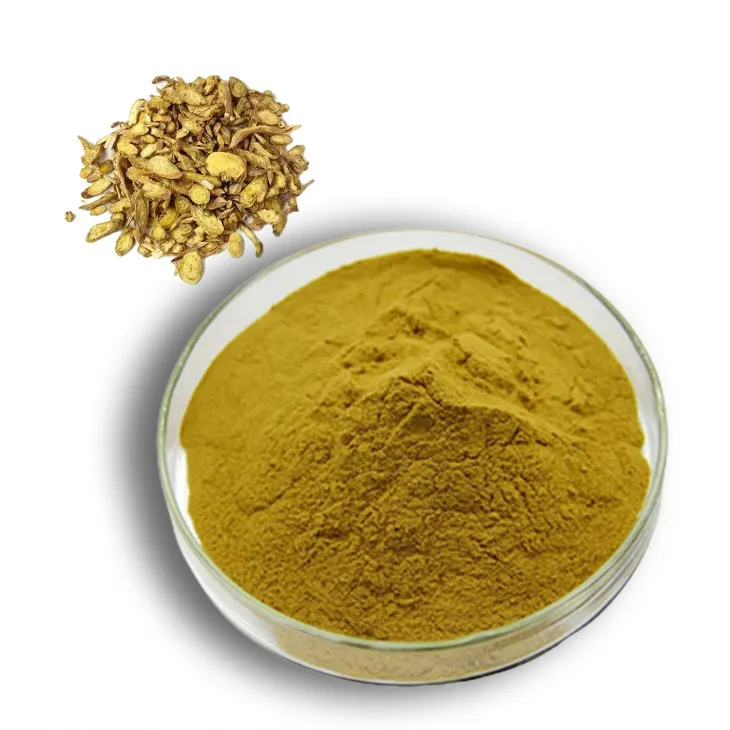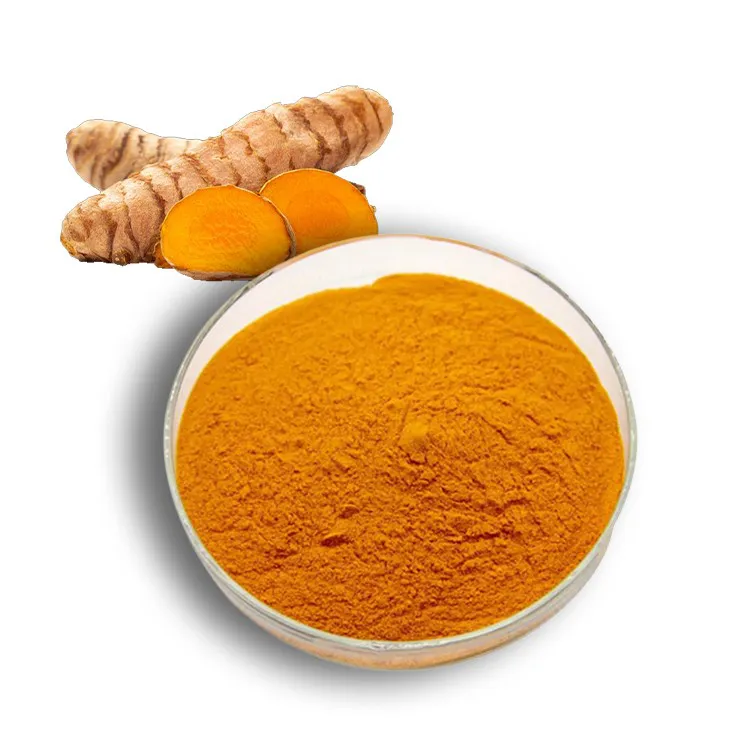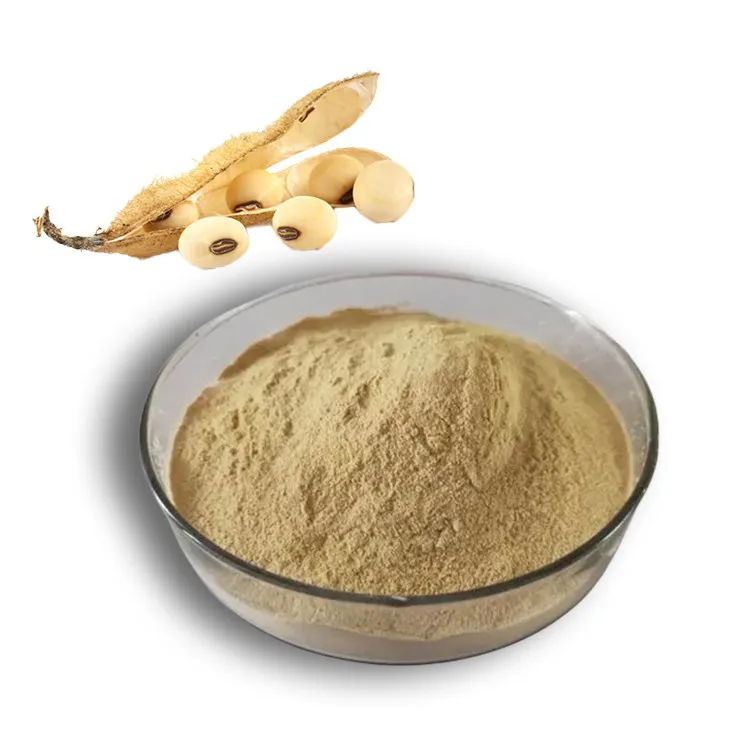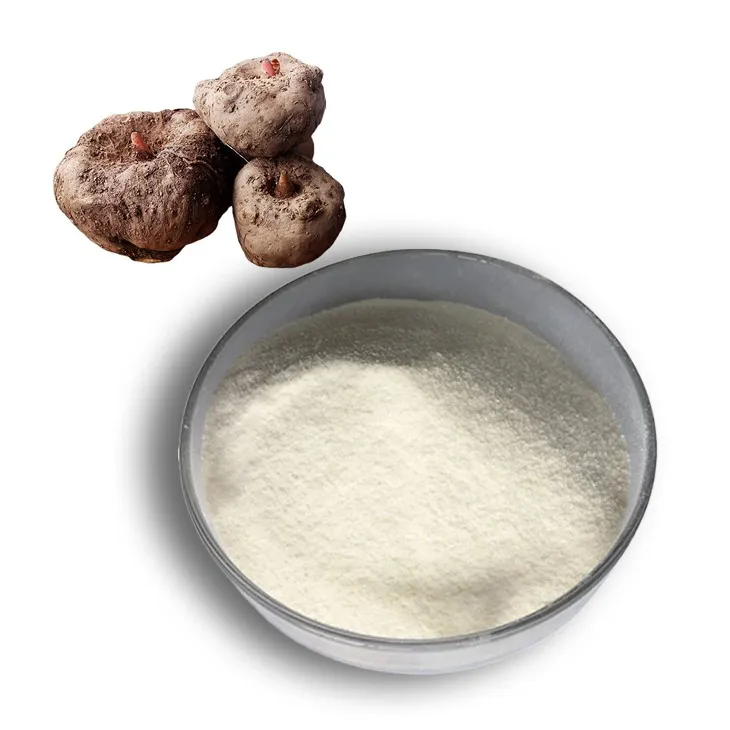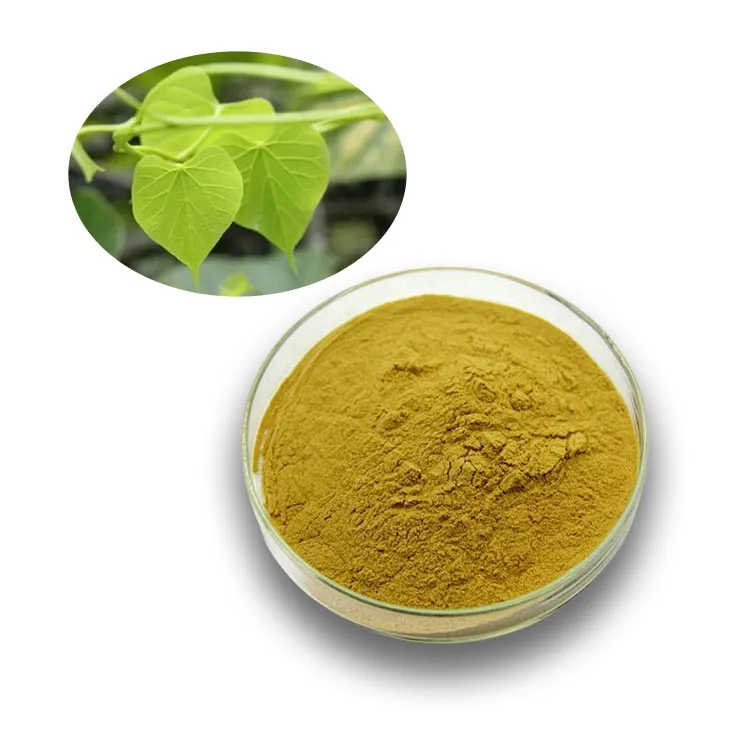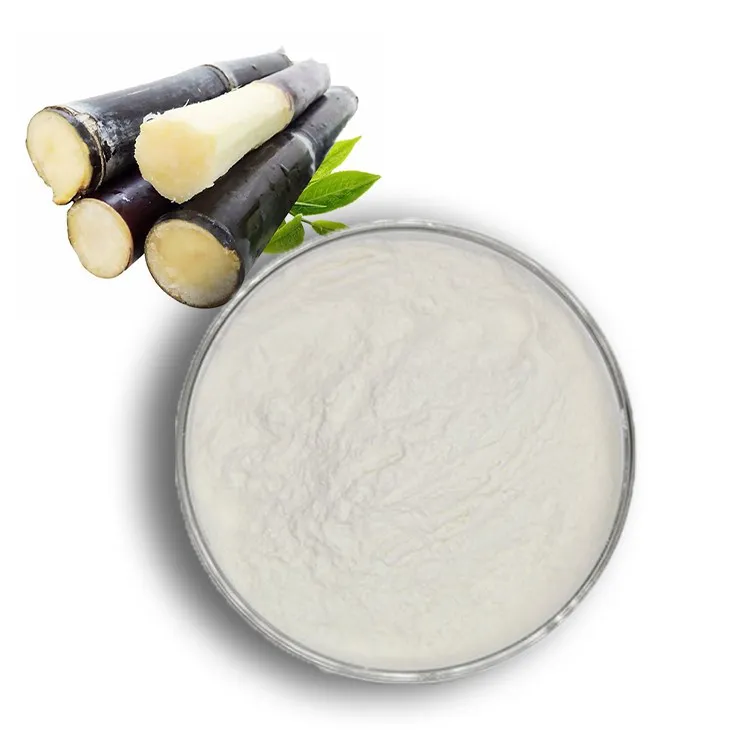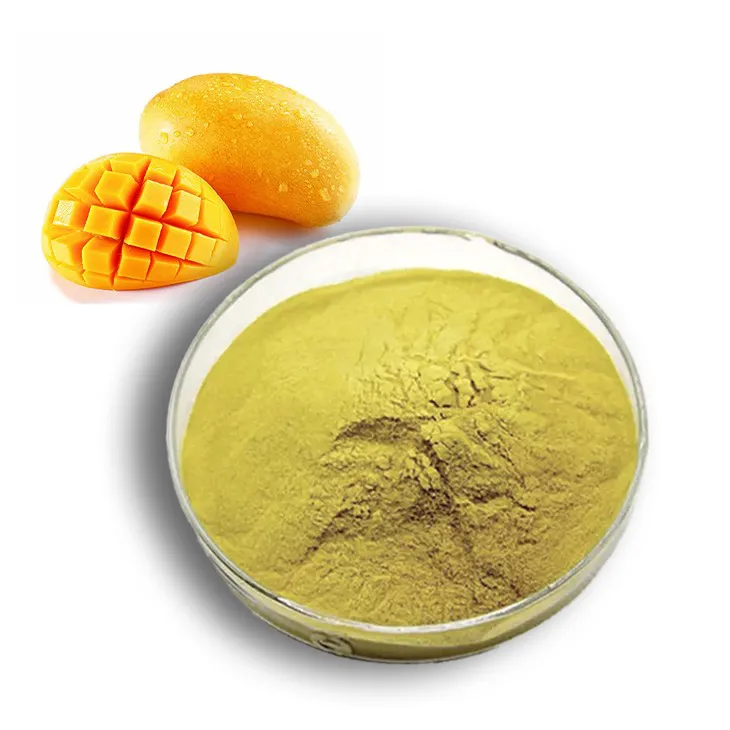- 0086-571-85302990
- sales@greenskybio.com
Adopt an economical and efficient way to purchase hop extracts in bulk.
2024-12-19
Introduction
Hops Extract is a crucial ingredient in the brewing industry, among others. When it comes to purchasing it in bulk, there are several factors to consider in order to achieve an economical and efficient process. This article will delve into the details of price comparison, quality assessment, the relationship between quantity and unit cost, and the influence of technological advancements on the purchasing choice.
Price Comparison among Different Sources
Domestic vs. International Suppliers
One of the first considerations when looking for Hops Extract is whether to source from domestic or international suppliers. Domestic suppliers may offer certain advantages such as shorter lead times and potentially easier communication. However, they may not always be the most cost - effective option. International suppliers, on the other hand, can often provide Hops Extract at a lower cost due to differences in production costs in their regions. For example, some countries with a long - standing tradition in hop cultivation may have economies of scale that allow them to produce hops extract more cheaply.- When comparing prices, it is important to take into account any additional costs associated with international sourcing, such as shipping fees, import duties, and customs clearance charges. These can significantly impact the overall cost of the hops extract.
- Some domestic suppliers may also offer price - matching guarantees, which can be an advantage if an international supplier seems to have a lower base price but with added costs.
Wholesalers vs. Direct from Producers
Another aspect of price comparison is whether to buy from wholesalers or directly from producers. Wholesalers typically buy in large quantities from producers and then distribute to smaller buyers. They may add a markup to cover their costs and make a profit. Buying directly from producers can potentially eliminate this markup, but it may require larger minimum order quantities.- Wholesalers often have established relationships with multiple producers, which can give them access to a wider range of hops extract varieties. This can be beneficial if you are looking for a specific type of hops extract that may not be readily available from a single producer.
- Direct purchase from producers may also come with the advantage of potentially better quality control, as you can have more direct communication with the source of the product.
Quality Assessment Methods
Chemical Analysis
Chemical analysis is a fundamental method for assessing the quality of hops extract. This involves analyzing the levels of various compounds such as alpha - acids, beta - acids, and essential oils. Alpha - acids are important for bitterness in beer, while beta - acids and essential oils contribute to the aroma. High - quality hops extract should have consistent levels of these compounds within the desired range.- Laboratories can perform tests such as HPLC (High - Performance Liquid Chromatography) to accurately measure the levels of these compounds. This information can be used to compare different batches or sources of hops extract.
- It is also important to look at the presence of any contaminants or impurities in the hops extract through chemical analysis. For example, pesticides or heavy metals should be within acceptable limits according to industry standards.
Sensory Evaluation
In addition to chemical analysis, sensory evaluation plays a crucial role in quality assessment. This involves using human senses, mainly taste and smell, to evaluate the hops extract.- Trained tasters can detect nuances in the flavor and aroma of the hops extract. They can assess whether the bitterness is clean and pleasant, and whether the aroma is characteristic of high - quality hops.
- Sensory evaluation can also help in identifying any off - flavors or odors that may not be detected by chemical analysis alone. For example, a musty smell could indicate improper storage or a problem during production.
Certifications and Standards
Looking at certifications and standards is another way to assess the quality of hops extract. Certifications such as organic, non - GMO, or ISO - certified can provide assurance of certain quality aspects.- Organic certifications ensure that the hops used to make the extract were grown without the use of synthetic pesticides and fertilizers. This can be an important factor for consumers who prefer organic products.
- ISO - certified producers are likely to follow strict quality management systems, which can indicate a higher level of quality control in the production of hops extract.
The Impact of Quantity on Unit Cost
In general, the more hops extract you purchase in quantity, the lower the unit cost is likely to be. This is due to economies of scale.
Economies of Scale in Production
Producers are often able to reduce their per - unit production costs as the volume of production increases. For example, they can spread fixed costs such as equipment maintenance and factory overhead over a larger number of units.- When you buy in larger quantities, you are essentially sharing in these cost savings. This can result in a significant reduction in the unit cost of the hops extract.
- However, it is important to note that there may be a point of diminishing returns. For example, if you order an extremely large quantity that exceeds your immediate needs, you may incur additional costs such as storage costs, which could offset some of the savings on unit cost.
Volume Discounts from Suppliers
Suppliers also typically offer volume discounts. These discounts can vary depending on the supplier and the quantity ordered.- Some suppliers may offer a tiered discount system, where the discount percentage increases as the quantity ordered reaches certain thresholds. For example, you may get a 5% discount for ordering 100 kg, a 10% discount for ordering 500 kg, and a 15% discount for ordering 1000 kg or more.
- It is important to calculate the optimal quantity to order based on the volume discounts offered. This may require some negotiation with suppliers to find the best deal that balances cost savings and your actual needs.
The Latest Technological Advancements in Hops Extract Production and Their Influence on Purchasing Choice
Improved Extraction Techniques
New extraction techniques have been developed in recent years. For example, supercritical fluid extraction has become more popular. This method uses supercritical carbon dioxide as a solvent, which has several advantages over traditional extraction methods.- Supercritical fluid extraction can produce a higher - quality hops extract with more pure and concentrated compounds. This can result in a more intense flavor and aroma in the final product, which may be desirable for some applications.
- It also has the advantage of being a more environmentally friendly extraction method, as carbon dioxide is a non - toxic and recyclable solvent. This may be an important factor for companies with a focus on sustainability.
Genetic Modification and Selective Breeding
Genetic modification and selective breeding have led to the development of new hop varieties with improved characteristics.- Some genetically modified or selectively bred hop varieties have higher levels of alpha - acids or unique essential oils, which can enhance the quality of the hops extract. For example, a new variety may have a more intense citrusy aroma, which can be used to create unique beer flavors.
- However, there are also considerations regarding consumer acceptance of genetically modified products. Some consumers may prefer non - GMO hops extract, which could influence the purchasing choice depending on the target market.
Quality Control Technologies
Advances in quality control technologies have also had an impact on the production of hops extract. For example, real - time monitoring systems can be used during the extraction process.- These systems can monitor parameters such as temperature, pressure, and the concentration of compounds in real - time. This allows for immediate adjustments to be made if any deviations from the optimal conditions occur, ensuring a more consistent quality of the hops extract.
- Automated sorting and inspection technologies can also be used to remove any defective or sub - standard hops before extraction, further improving the quality of the final product.
Conclusion
To achieve an economical and efficient bulk purchase of hops extract, it is essential to consider multiple factors. Price comparison among different sources, quality assessment methods, the impact of quantity on unit cost, and the influence of technological advancements all play important roles. By carefully evaluating these factors and making informed decisions, buyers can optimize their purchasing process and obtain high - quality hops extract at a competitive price.
FAQ:
Q1: How can I start price comparison for hop extracts from different sources?
Firstly, you can search online for various suppliers of hop extracts. Look at their official websites for price listings. You can also contact them directly via email or phone to ask for detailed price quotes. Additionally, industry trade shows and exhibitions are great places to gather price information from different producers in person.
Q2: What are the common quality assessment methods for hop extracts?
One important method is chemical analysis. This includes testing for the levels of alpha - acids and beta - acids, which are key components in hop extracts. Sensory evaluation is also crucial. Professional tasters can assess the aroma and flavor characteristics of the hop extracts. Another aspect is microbiological testing to ensure there are no harmful microorganisms present.
Q3: How does the quantity of purchase affect the unit cost of hop extracts?
Generally, the larger the quantity you purchase, the lower the unit cost. Suppliers often offer quantity discounts. For example, if you buy in small batches, the production and handling costs per unit are relatively high. But when you order in large quantities, these costs can be spread over more units, thus reducing the unit cost.
Q4: What are the latest technological advancements in hop extract production?
One of the latest advancements is the use of supercritical CO2 extraction technology. This method can extract more pure and high - quality hop extracts compared to traditional methods. Also, there are new developments in the genetic modification of hops, which can lead to the production of hop extracts with unique flavor profiles and higher yields.
Q5: Are there any risks associated with bulk purchasing of hop extracts?
Yes, there are risks. Quality variation can be a risk if you don't properly assess the suppliers. There could also be a risk of market price fluctuations between the time of ordering and delivery. Storage requirements are another consideration. If not stored properly, the hop extracts may deteriorate, leading to a loss of quality and value.
Related literature
- Advances in Hop Extract Technology and Its Application in Brewing"
- "Price Dynamics and Quality Considerations in Hop Extract Procurement"
- "The Impact of Quantity on the Cost - Efficiency of Hop Extract Purchasing"
- ▶ Hesperidin
- ▶ citrus bioflavonoids
- ▶ plant extract
- ▶ lycopene
- ▶ Diosmin
- ▶ Grape seed extract
- ▶ Sea buckthorn Juice Powder
- ▶ Beetroot powder
- ▶ Hops Extract
- ▶ Artichoke Extract
- ▶ Reishi mushroom extract
- ▶ Astaxanthin
- ▶ Green Tea Extract
- ▶ Curcumin Extract
- ▶ Horse Chestnut Extract
- ▶ Other Problems
- ▶ Boswellia Serrata Extract
- ▶ Resveratrol Extract
- ▶ Marigold Extract
- ▶ Grape Leaf Extract
- ▶ blog3
- ▶ blog4
- ▶ blog5
-
Red Date Extract
2024-12-19
-
Maca Extract
2024-12-19
-
Marigold Extract
2024-12-19
-
Scutellaria Extract
2024-12-19
-
Curcumin
2024-12-19
-
Soy Extract
2024-12-19
-
Konjac Powder
2024-12-19
-
Tinospora cordifolia extract
2024-12-19
-
Sugarcane Extract
2024-12-19
-
Mango flavored powder
2024-12-19











